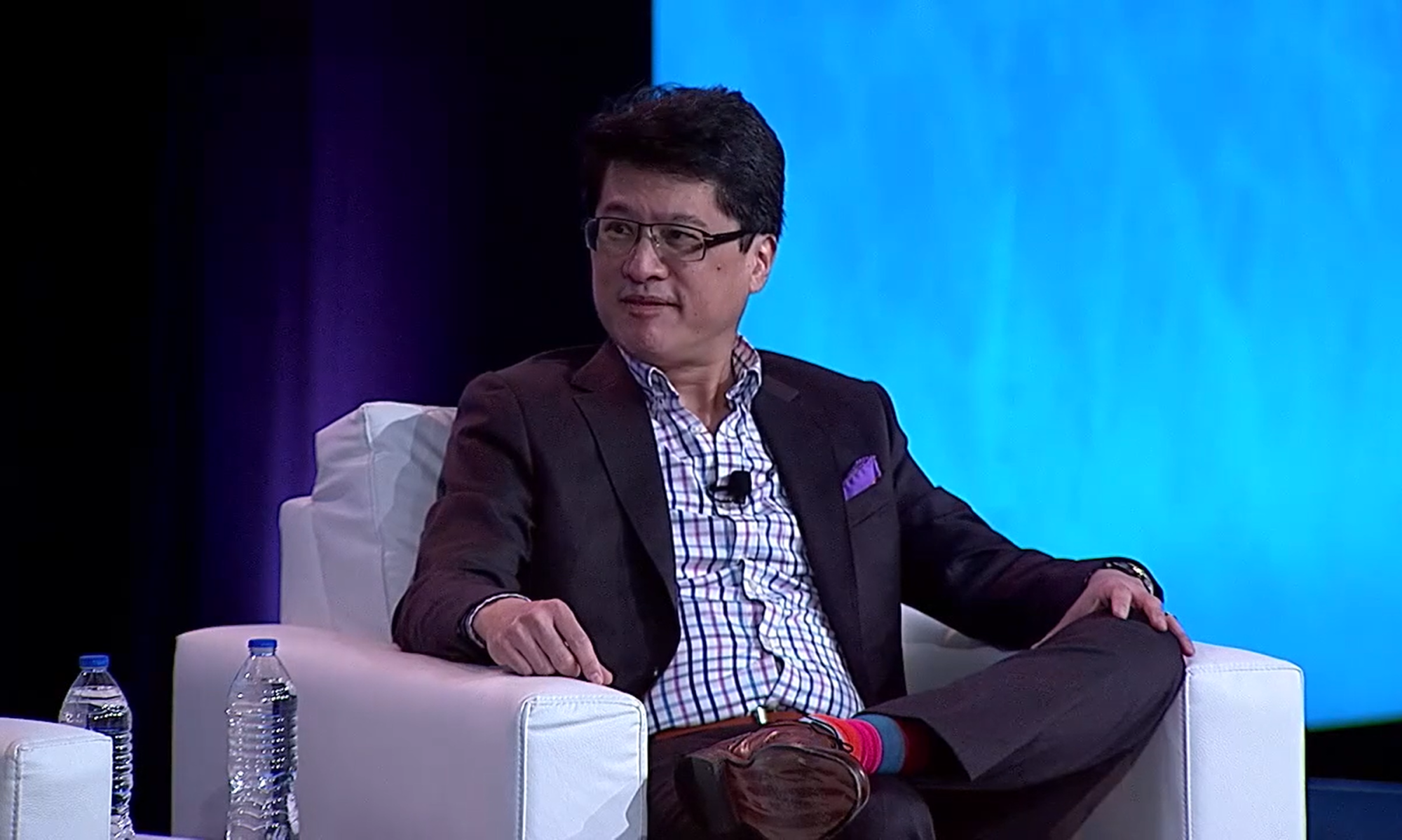Recently I found myself describing (in somewhat abstract terms) how a particular consulting engagement should come together. The upshot of my argument was that given a particular statement of work, there are a number of "ways to skin a cat" and get an engagement team to gel. In this particular case, my feeling was that an engagement approach would be equally valid if the team shifted the basis of consulting towards one of the three prototypes I describe below (even if it meant shifting away from another). The three prototypical styles of consulting are the following:
- Research-centric consulting– Key, detailed frameworks from brand management, business strategy, pricing, statistics, finance, etc. often form the backbone of the approach, and the consulting team can piece together a storyboard that tees up hypotheses, finds supporting or disconfirming evidence, and builds a case towards strategic options and recommendations. In this type of consulting, domain and industry expertise are somewhat less critical because a structured problem solving methodology underpins the approach. In terms of situational use as a pure style of consulting, this type of consulting may be prevalent in cases where a client lacks a rigorous approach or in cases where new businesses are being explored but where there are few role models.
- Expertise-centric consulting – In this type of consulting, a consultant brings to the table either or both domain and industry knowledge. For example, has the consultant helped to launch a mobile virtual operator before? Or does the consultant specialize in an expertise niche such as optimizing cross-media spending for mega brands using econometric approaches? Or has a consultant worked in brand litigation and expert witness cases related to marketing? Can the consultant bring forth an engagement structure that has been tested before in another situation?
- Facilitative consulting – In this style, the consultant brings value to the table by bringing personal experiences and skills to the table. The consultant may also bring third-party perspectives which also add value. But the real value is in weaving together the consulting team and client team to solve the customer problem statement. For example, the consultant may conduct client interviews with separate functional groups within the client organization and with client customers. The consultant then organizes and normalizes information from the various interviews and develops strategic options and skeleton structures that can be used in iterative client meetings to refine & finalize strategy (e.g., by tapping into client expertise and having the consultant help with any subsequent research, analysis, and support). In my mind, the facilitative approach is akin to combining the skills of a general manager with a project manager. For more on the facilitative approach, please see a prior post of mine here.
The prototypical styles of consulting that I describe above are not mutually exclusive. Often engagements will have multiple aspects, although I've seen valuable engagements that are more pure within one prototype. I think that many consultants, general managers, and project manager types could benefit by understanding the consulting prototypes better. In some sense, they are like the primary colors for setting the tone and custom mixing a consulting engagement.
*********************************************************************************************************************
Please enter your email address to subscribe to updates on Steve Shu's blog. Thanks for subscribing!
Powered by FeedBlitz
